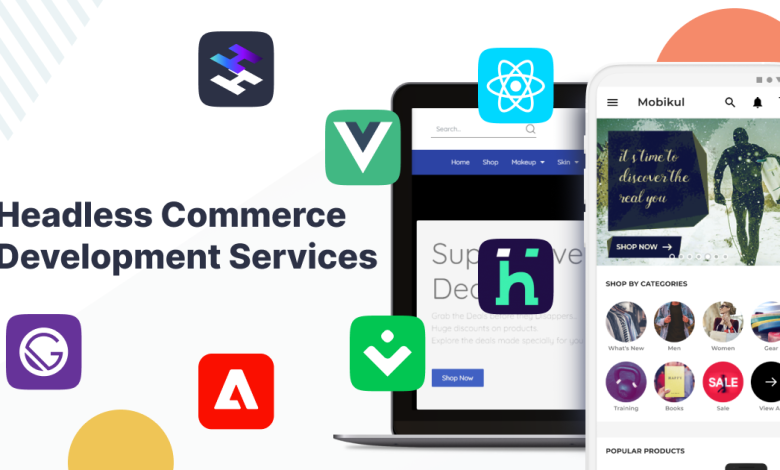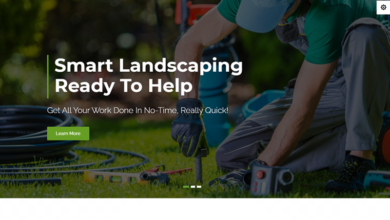10 Points to Consider Before Migrating to Headless Commerce Platform

Headless commerce is an e-commerce solution in which you can store, manage and deliver content without the usage of a frontend delivery layer.
A headless commerce platform decouples and removes the frontend which in most cases is a template or theme, leaving only the backend of the website.
If you work in eCommerce, you know how difficult it is to stay up with new touchpoints and experiences. Headless commerce has limitless customization and personalization and has high frontend development costs.
Why do we need of Headless Commerce?
Headless commerce allows you to govern the sophisticated APIs and frontend separately, simplifying the management of complex infrastructure of e-commerce.
We know that migrating your existing website to Headless is the best approach to simplify your business needs and get the most out of your e-commerce solution.
Why Migrate to Headless Commerce?
Headless marketplace solution or headless solution has become a need in the current world situation.
It has made customer’s and consumers live easier. However, as e-commerce grows our technical terms and commerce models are always improving day by day to ensure that users get the most use out of it.
The future of online business is Headless commerce. Brands must market and sell their products across all digital channels, devices to provide convenient shopping experience and remain competitive in the market.
Before migrating to a headless commerce platform, here are 10 points to think about:
- Choosing the Right Platform for your E-commerce
The first step is to assess your current commerce skills as well as any technology gaps.
Your platform can be monolithic as long as the backend is exposed through APIs. Small businesses that use Shopify will find it easy to preserve their current commerce solution because Shopify has a lot of APIs that can enable you to go headless without losing your present platform. - Speed and Velocity
For marketplace solutions, the demand for speed and velocity is growing every day. When you use Headless commerce, you must ensure that your e-commerce platform runs at a high speed and the process must be speeding up. - The Frontend of your Business Model does not affect the Backend
In headless marketplace solutions, the frontend is the customer facing side of your business model, and it receives a lot of traffic. Hence, the backend and complicated API activities are unaffected by this interaction. - Developer Flexibility
In headless e-commerce developers must have the ability to construct custom headless solutions at their own pace and convenience.
They can use their workflow to speed up the development process. Likewise, your IT crew does not need to be an expert in every think anyone with a basic knowledge of technology can help your e-commerce platform to run smoothly. - APIs Integration
It must provide APIs that address the integrations you need. If you already have integration needs for existing or prospective tools, they must be validated. - No Data Loss
While enhancing a homogenous model can be difficult. In the headless marketplace solutions, model must be simple to adapt by selecting and fixing the desired area. There is no single point of failure so if something goes wrong, you can handle each service separately. - Recognize your Client
The kings are the customers. If you want your e-commerce business to be in a growing position you first need to know your client’s requirements even better than they know themselves. - User Experience
The backend capabilities must deliver a clean user experience and frictionless checkout, regardless of how other frontend applications may integrate.
An easy-to-use control panel is a bonus on the business side, in addition to boosting the client experience. - Scalability
The perfect platform will not only support a company’s current state but will also expand with it in the future, depending on its growth strategy. You must realize that your system and business platform must be extremely scalable in order to facilitate migration. - Take a Phased Out Approach
Migrating your e-commerce data to a headless platform all at once is a bad idea that can lead to catastrophic failures. Instead, break down the migration into manageable chunks. Headless commerce has the advantage over other models in that it may be implemented in stages.
The Benefit of Going Headless
Using headless commerce requires some planning and a few efforts that place your company in a wonderful position in the years to come.
- To construct creative, quick websites, modern tech is used.
- Developers will like the flexibility and familiarity.
- Complete control over the site’s design and their functionality.
- You can easily deliver content over multiple channels like social medial platform. This process is also know as omnichannel.
Summing it Up!
All of the above reasons and considerations lead to one key conclusion that Headless commerce is the way to go and migrating to a headless platform will help your e-commerce site to expand worldwide.




